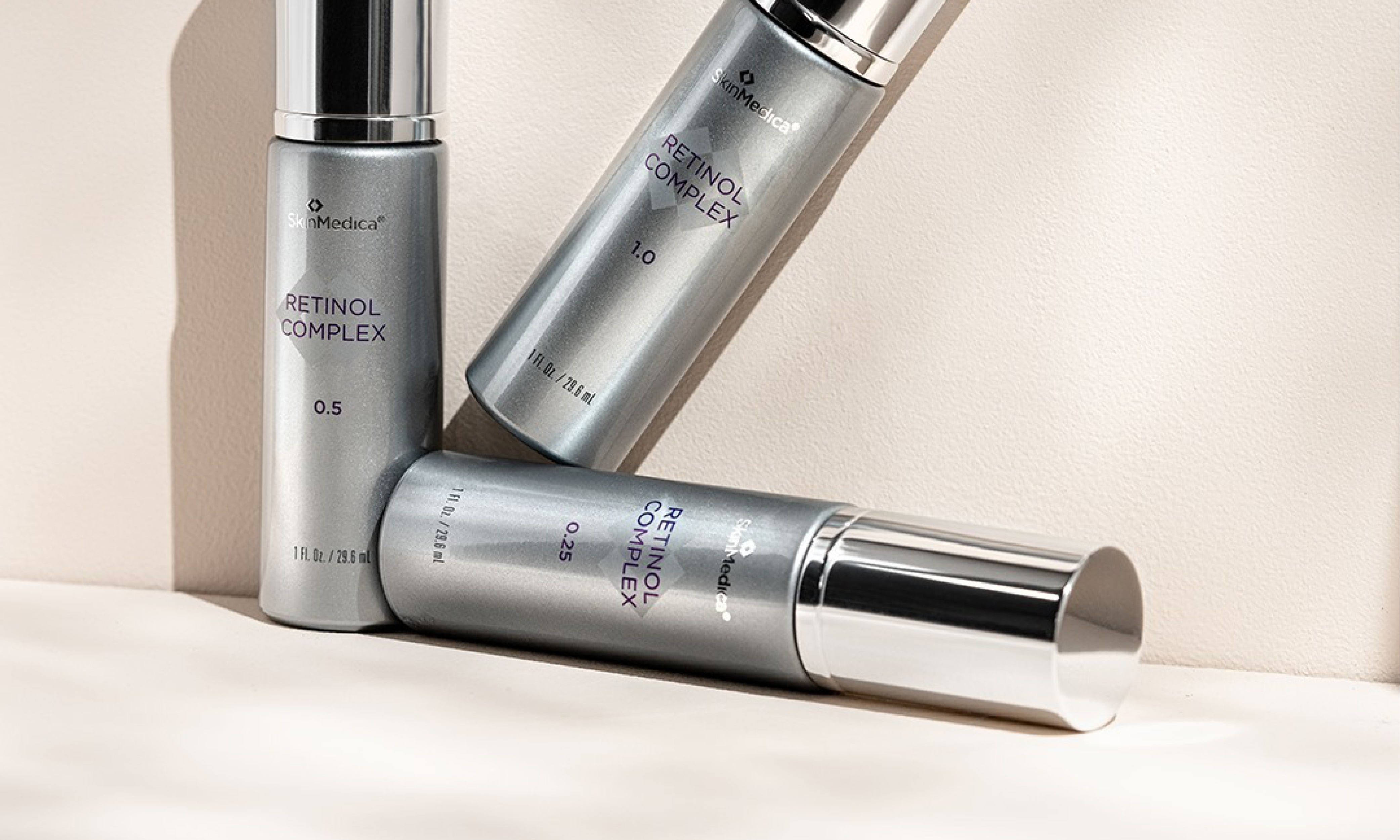
AVOIDING RETINOL MISTAKES
If you’re reading this, we’re willing to bet you’ve already heard about the powerful anti-aging properties of retinol as well as all of the benefits it can bring to your skin. Given retinol’s impressive rap sheet, it’s no surprise that dermatologists and medical estheticians everywhere recommend its regular usage. That being said, a proper application of retinol is directly linked to its effectiveness and the results you wish to see.
Julia Carroll––dermatologist at Toronto-based Compass Dermatology––explains that there are several reasons that can cause the skin to react to retinol, including using it too often, using too much, not prepping your skin properly, or mixing retinol with other harsh ingredients (such as exfoliators or acne treatments).
Because retinol can irritate and dry out the skin, it is important to start with the lowest concentration of the ingredient before moving onto higher dosages––and it’s even more important to follow the proper steps. Here are a few of our suggestions for safe and effective use of retinol-based products:
STEP 1
Just as you would for any other treatment that can illicit slight skin redness, such as microneedling, we recommend applying your retinoids at night. Start by removing all of your makeup and cleansing your face as usual. Pat your skin dry and follow up with a gentle, hydrating eye cream; this will protect the sensitive skin around your eyes.
STEP 2
Before proceeding, make sure to wait until your skin is completely dry. While moisturizers and serums are best absorbed when applied on damp skin, retinol needs to be applied to the opposite. If your skin is even the slightest bit damp, the retinol will penetrate into your skin at a deeper level and is likely to cause redness, tingling, irritation, and even skin flaking the next day.
STEP 3
Apply a pea-sized amount of your retinol to your fingertips and separate it equally across your chin, cheeks, and forehead. Ensure to rub the product in with upward and outward motion, as this movement helps to avoid tugging at the skin and premature sagging (as opposed to pulling the skin downwards).
STEP 4
Once your retinol is applied, follow up with your favorite, basic moisturizer. This step is crucial for avoiding skin dehydration and potential flaking, and we promise it won’t interfere with how well retinol works on the skin.
FINAL THOUGHTS
- Start by applying your retinol once a week and evaluate your skin’s tolerance. If you don’t get a reaction (skin redness, flakiness, or peeling), you can progress to twice a week, building up to every other night. However, if your retinol does make your skin red and flaky, Carroll suggests mixing the retinol formula with your moisturizer before application.
- Do not mix retinoids with exfoliating acids such as AHA/BHA or with acne-fighting ingredients like salicylic acid or benzoyl peroxide (which can actually deactivate retinol). This will help reduce the odds of any redness or dryness the next day.
- It is non-negotiable for you to apply a broad-spectrum sunscreen the day following your application (as you should every day, anyway!). Retinol makes the skin more sensitive to the sun’s harmful rays, so you need to take every precaution to avoid premature aging and sunspots (which is what we want retinol to take care of in the first place!).
If you have any questions whatsoever about the ingredients in your products, their application, or simply looking for advice in choosing the retinol that is right for you, make sure to book your Virtual Consultation with us ASAP. It will be our pleasure to lend you a hand and bring you one step closer to the skin of your dreams!
Until next time,
Mathilde

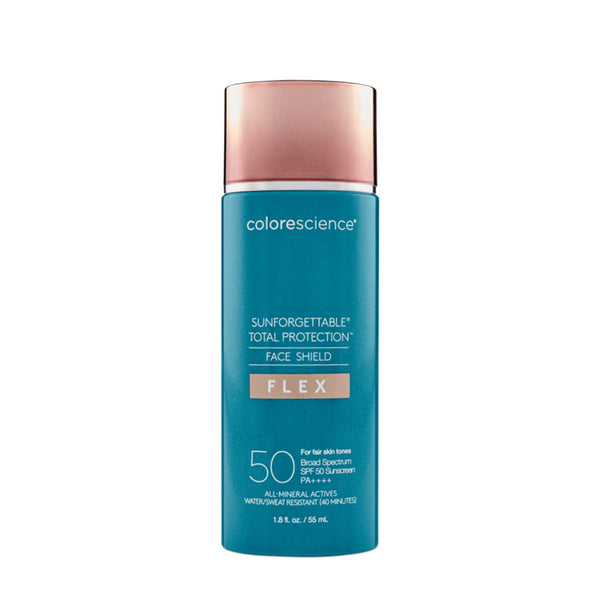
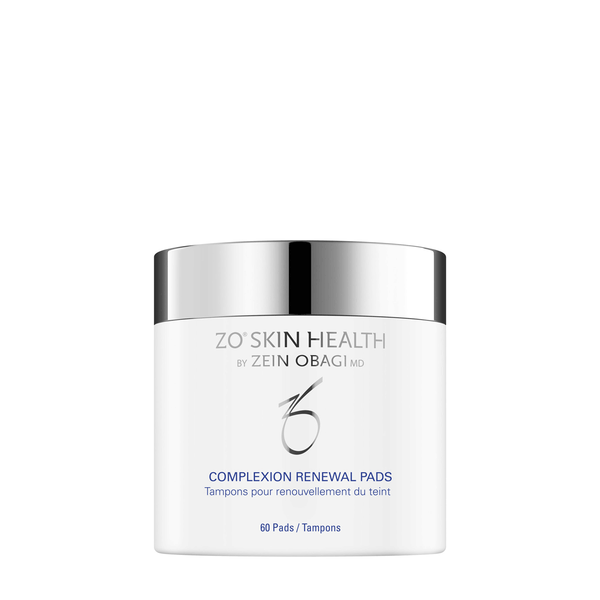
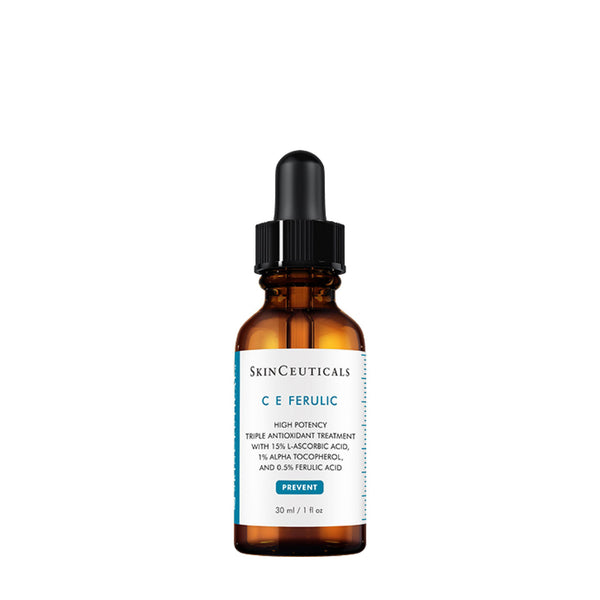
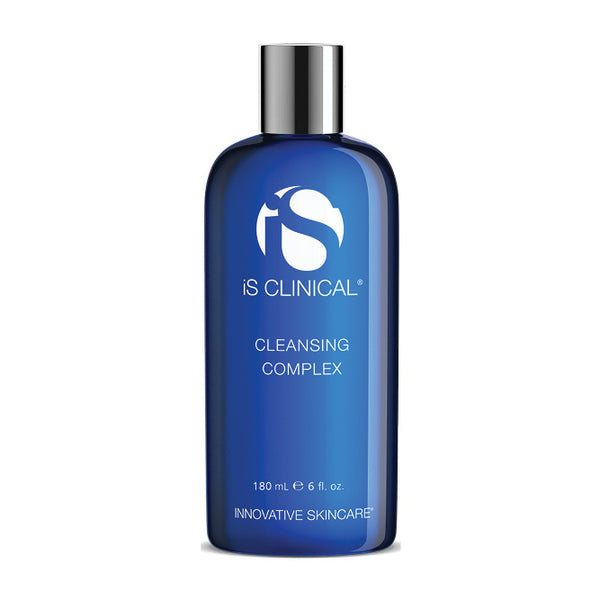
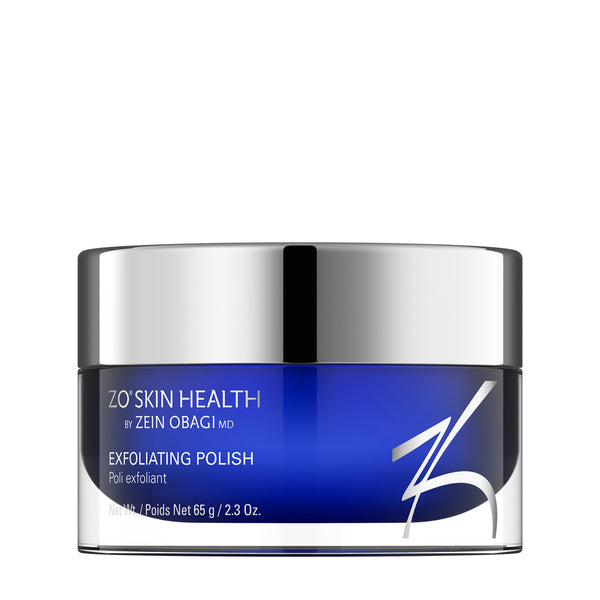
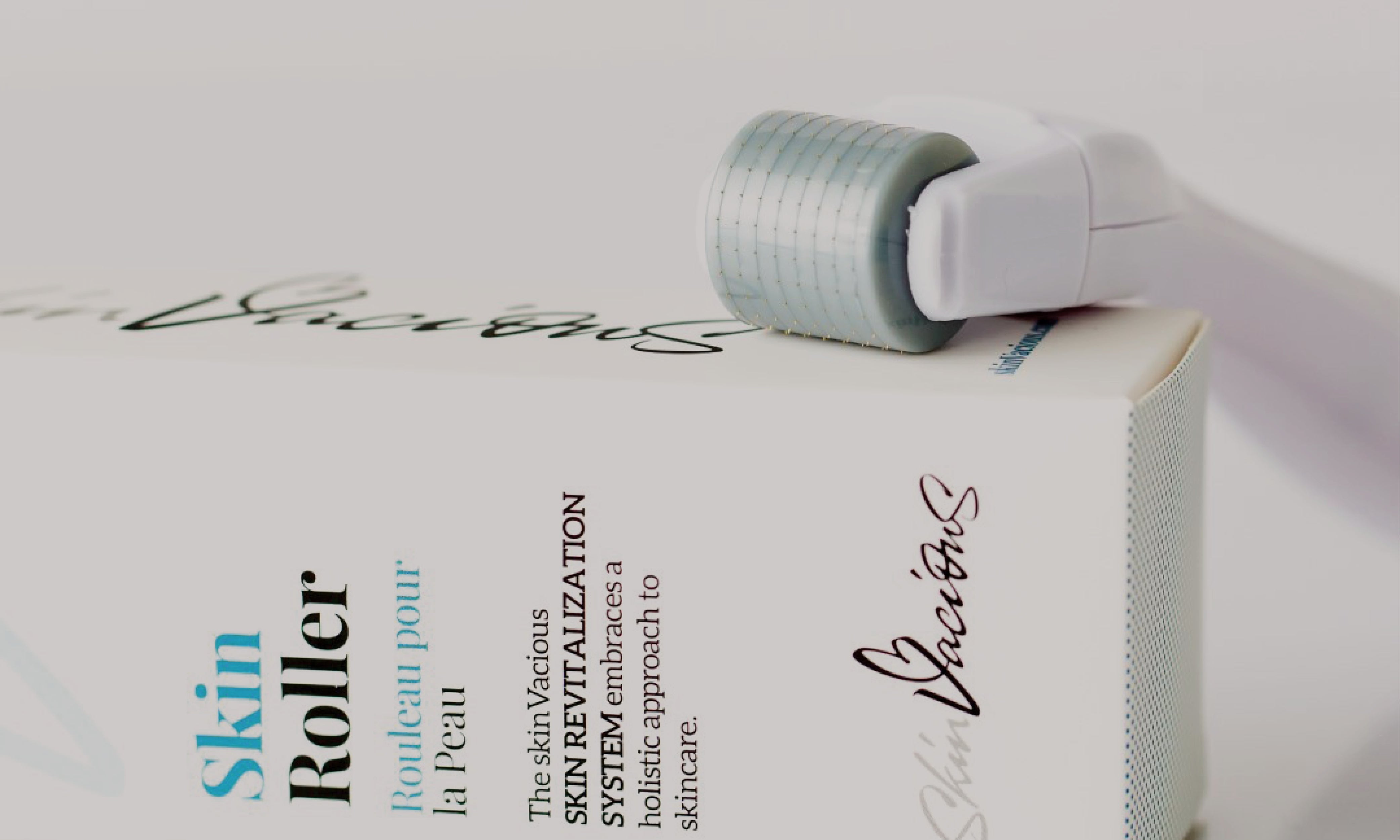




1 comment
Very helpful, Thank You
Susie
Leave a comment
This site is protected by hCaptcha and the hCaptcha Privacy Policy and Terms of Service apply.